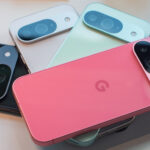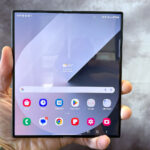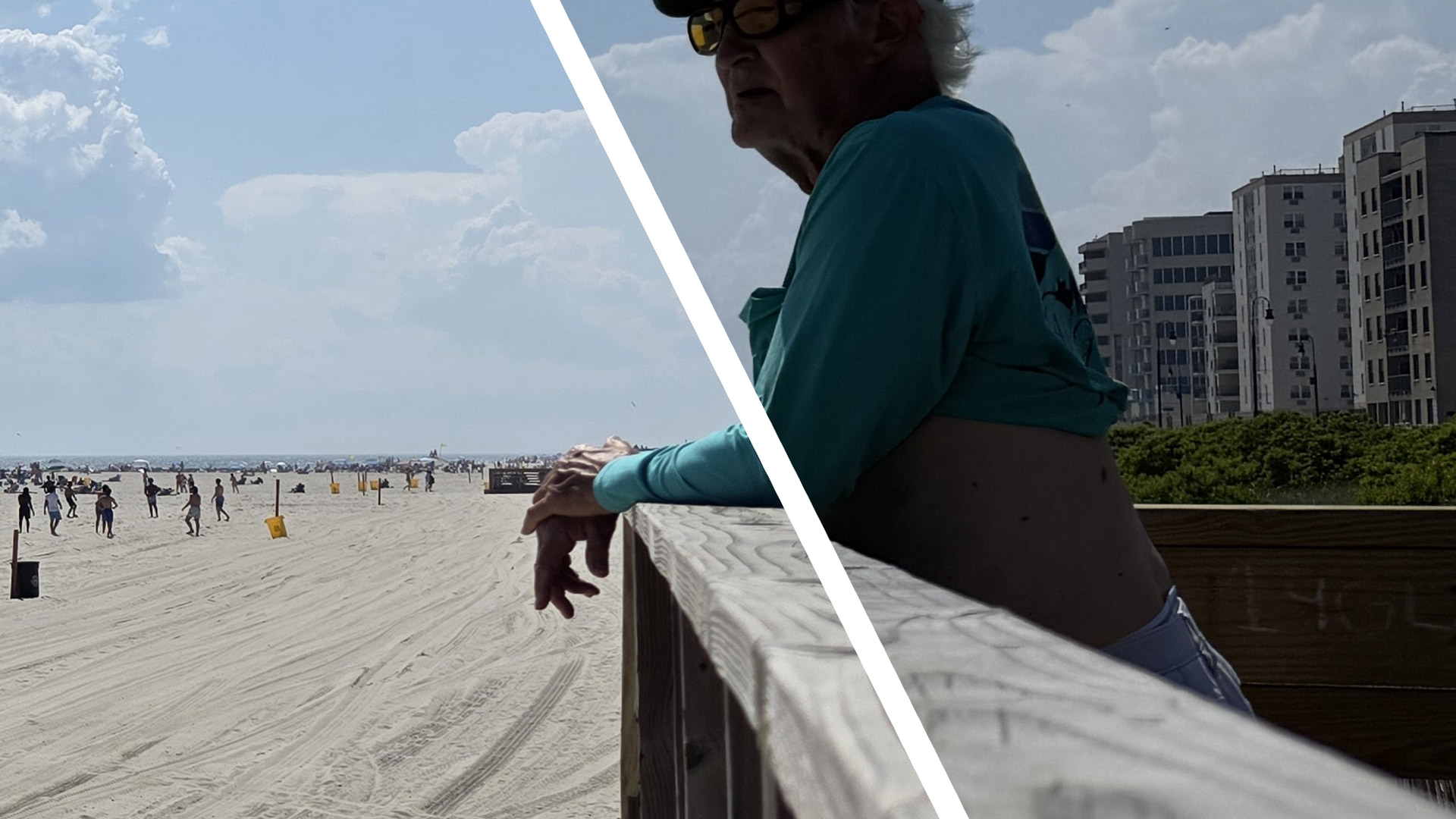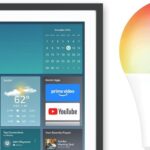When the temperature hits 90 and wind subsides, I like to head down to the boardwalk. We have a few nearby, but one of my favorites is along Long Beach on the south shore of Long Island. When I head out, I like to grab my sunglasses, sunblock, and a smartphone, or two. In this case, I popped the Samsung Galaxy S25 Ultra and Apple’s iPhone 16 Pro Max for a Boardwalk photo shootout.
These flagships, as I see it, are the best of the best (officially ranked Number 1 and Number 4, respectively, on our Best Phones 2025 list), two spectacular smartphones packed with excellent processors, screens, and cameras. With a 200MP main camera, the Samsung Galaxy S25 Ultra is unquestionably the megapixel winner, but the quality of any smartphone image is not just the sum of all pixels.
Both smartphones feature multiple lenses and, often, binning options to combine some pixels (often as many as four) into one information-filled dot. Additionally, there is all the processor-based image processing. Apple calls it the Photonic Engine, and Samsung calls theirs the ProVisual Engine.
Both do a good, even excellent job of taking what the physical optics and image sensor see and delivering something on the screen side that is accurate and sometimes exquisite.
For my Boardwalk Photo test, I purposely did as little as possible to mess with image settings. Instead, I focused mostly on using the main camera and optics-based zoom. I didn’t want to use digital zoom since I know the back-end AI can get involved and try to “enhance” and “augment” images in unnatural ways.
Overall, the results show excellent work from both the Samsung Galaxy S25 Ultra and Apple iPhone 16 Pro Max. Still, there are key differences that may define your next choice for the ultimate boardwalk (and beach) smartphone camera.
I won’t argue that this is the final word on all these cameras, but I did notice enough of a consistent approach across each device that I’m prepared to draw some conclusions. Let’s look at the first set of photos.
Main camera: The living spaces
This image set looks down the boardwalk at some of the high-rise apartment buildings. I was standing just off the boardwalk’s long wooden path, and pointed the main cameras toward the structures.
They’re both good images, and at 100%, they hold up nicely. However, the differences are also pretty stark.
Samsung’s habit of over-brightening and sometimes making color too rich or overly consistent is on full display. Mostly, that effect results in pleasing imagery, but compared to the iPhone 16 Pro Max, the Samsung Galaxy S25 Ultra made the whole image too bright, and we end up losing some of the dramatic cloud bank detail. The bright approach also damps shadows a bit, draining away a little of the drama.
Where Samsung excels is in keeping objects in focus well into the distance.
There is nothing wrong with the Galaxy S25 Ultra photo, but I still prefer the iPhone 16 Pro Max shot.
Telephoto: The lifeguards
This image set was challenging because the foreground foliage is so detailed and therefore contains a large amount of digital information for each image processor to handle.
I was impressed that both 5X optical zoom cameras could pick up the hazy freighters in the distance.
Samsung’s 50MP telephoto seems to gather a bit more detail than the iPhone 12MP 5X zoom, but not by a lot. Part of that is because the Samsung zoom automatically bins pixels down to a roughly 9MP image.
Colors on the Samsung image are accurate, and I appreciated that it picked up the pop of the yellow flag.
The iPhone 16 Pro Max colors are just as good (both got the hazy sky just right), and I noticed more detail in the ocean churn. Overall, though, Samsung’s telephoto camera picks up more detail, and I think that’s down to more pixels pouring more information into the overall shot.
Main: on the beach
I could stare at the beach and ocean all day long, but it’s always hard for any camera to recreate my view. At least they’re getting closer. These two shots highlight many of the iPhone 16 Pro Max’s and Samsung Galaxy S25 Ultra’s core strengths and weaknesses.
As we’ve seen before, Samsung is over-brightening the shot, losing a little of the deep blue of a perfect pre-summer day and the deeper green of the ocean.
The iPhone’s shot is truer and, again, it has stronger shadows.
While the detail in both shots is strong, the iPhone 16 Pro Max holds up a tiny bit better when I zoom in.
Subject: A man lost in thought
The boardwalk is full of characters, people who walked its warped planks for decades; they’re as much a part of the beach as the sand, surf, and seagulls.
When you have a subject and setting like this, the light and shadows only add to the drama. Apple’s iPhone 16 Pro Max seems to intuitively know this and leaves well enough alone. Even the clouds get to have their moment, looming dramatically in the background.
Samsung’s brighter approach gives us a clearer view of the man but flattens the image a bit by lighting up almost all of it.
My favorite part of these photos is the man’s weathered hands. The iPhone 16 Pro Max does a brilliant job with its skin color and highlights.
Action: Looking up
Overhead, seagulls ride the wind, racing back and forth while barely flapping a wing. I tried pointing both phones at the sky to capture them in flight. It wasn’t easy.
Neither image is great, but Samsung did a little better in freezing the action. Unfortunately, I didn’t like what it did with the big blue sky. The lack of objects, people, water, and buildings left too much room for interpretation, and the sky ends up looking pitted and pixelated.
By contrast, the iPhone 16 Pro Max blurred the birds a bit but kept the sky intact. That’s the unblemished blue I saw.
If there’s a winner in all this, I’d say it’s the iPhone 16 Pro Max. It’s almost as if, inside that Photonic engine, is the essence of Ansel Adams, a photography pioneer who knew enough to let the landscapes speak for themselves.
Samsung Galaxy S25 Ultra is close behind (and ahead in some regards), but as ever, I think the closer to visual truth Samsung’s cameras get, the better off its photography will be.
Read the full article here















